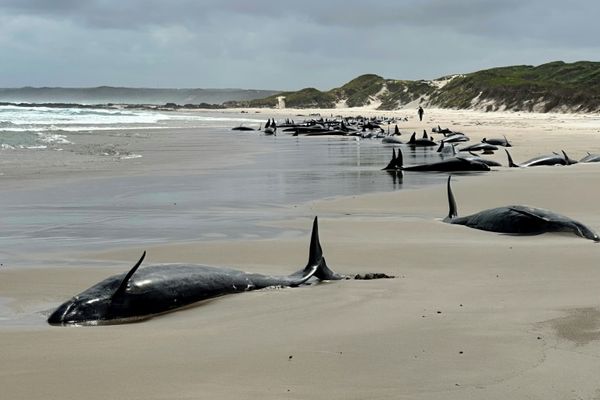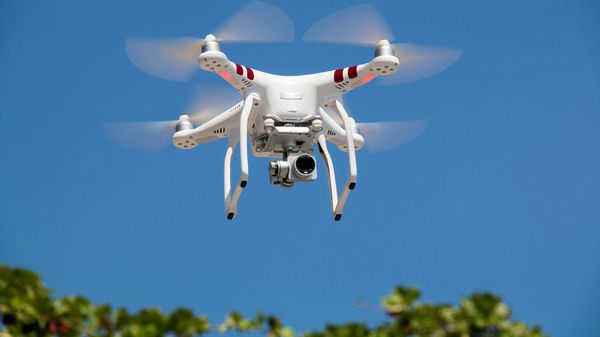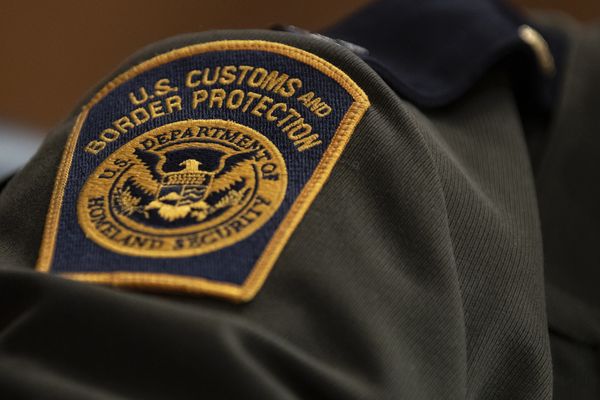
By Kengkij Kitirianglarp
Anthropology as a discipline in Thailand, and with it the studies of rural villages, blossomed during the Cold War under the influence of the military government and the United States.
The goal of anthropology – from the state’s perspective – after World War II was the amassing of information on Thailand’s rural regions as part of the struggle against the communist threat. The “village” has been a fundamental unit of analysis used by Thai social scientists ever since. We have seen this in writing on the Red Shirt movement, which so often begins with attempts to come to grips with changes in Thailand’s countryside – as if the village is by necessity the fundamental unit of analysis.
The goal of anthropology – from the state’s perspective – after World War II was the amassing of information on Thailand’s rural regions as part of the struggle against the communist threat.
My new book "Mapping the Nation" argues that villages in Thailand were constructed not only as analytical units during the Cold War. Their construction in the basic sense of being tangible spaces was also shaped by the process of drawing maps from aerial photographs and the physical surveying of villages. The process of constructing villages as physical spaces translated into reality their status as analytical units within the knowledge-making practices of U.S. and Thai social scientists.

From 1951–69, the U.S. Army Map Service compiled the Series L708 map in agreement with the government of Field Marshal Plaek Phibunsongkhram, the first map of Thailand drawn at a scale of 1:50,000.
The base unit that the map employs is mu ban (village) – a term which had never before appeared on a map of Siam/Thailand. A decade later, the Series L708 map was amended into Series L7017. Official maps of Thailand since then have all been based upon Series L708 and L7017.
Suthep Soonthronpasuch, an anthropologist who worked alongside Lauriston Sharp and Lucien Hanks under the Bennington-Cornell Survey of Hill Tribes (1963–74) in Thailand’s northern provinces, recalls that Hanks and Sharp carried Series L708 maps (despite their status as classified state documents at the time).
According to Soonthornpasuch, Hanks and Sharp conducted their study by referring to the L708 maps for the locations of hill tribe villages, before travelling to compile information on the inhabitants there. Undoubtedly, several other Thai and U.S. social scientists drew upon these maps in studies of villages in Northern and Isaan provinces (Soonthornpasuch himself was simultaneously employed at the Advanced Research Projects Agency, a Thailand-based research wing of the U.S. military). In this way, we can begin to see how maps were used as a technique of power during the Cold War.

As I dug deeper into maps, I began to wonder: How were communities that lived at the peripheries of state power arranged before the Series L708 maps? According to the field notes of Lucien Hanks, the “villages” he surveyed every five years in 1964, 1969 and 1974 progressively could not be found, since most were nomadic and moved continuously.
These “villages” apparently did not have leaders, headmen or permanent governance structures, but lived fluidly. I began to muse on another question: when did the Thai state penetrate the lives of those living at its borders? When did these nomadic groups begin to settle permanently, hold identity cards – when did they even begin to call themselves “Thai”?
These 'villages' apparently did not have leaders, headmen or permanent governance structures, but lived fluidly.
A survey conducted by the Tribal Research Center across the decade of 1970–80 found that prior to 1970, many people in the tribal regions did not have identity cards, did not have permanent residences and were not interested in whether they were Thai or not.
But when we near the end of the 1970s, and step into the 1980s, "villages" characterized by permanent residences, and identity cards that list addresses and nationality, were becoming a nation-wide phenomenon. In the context of the Cold War, all these sources of surveillance and identification were exploited by the Thai state to build allegiance and counter communism.
In retrospect, we might conclude that "Thainess" only truly laid down its roots at the end of the 1970s. While the Siamese state surely yearned to exercise control over its territory and peoples since ancient times, it lacked the necessary mechanisms to penetrate lives and territories at its peripheries. Even the absolutist state of Rama V, who oversaw the state’s modernization, lacked the required technologies and knowledge of the peoples inhabiting the kingdom’s borders, and could only hope to fully extend its power.
We might conclude that 'Thainess' only truly laid down its roots at the end of the 1970s.
What defined the Thai state from the Cold War era was that it could construct visual knowledge of what it governed. In contrast to the past – when the rural regions were conceptualized solely through description and imagination – technologies of aerial photography, mapping and anthropological surveying allowed the Thai state to "discover" villages and devise methods to invest them with "Thainess."
Perhaps I will conclude by picking an argument with Thongchai Winichakul’s "Siam Mapped: A History of the Geo-Body of a Nation". Thongchai drew the critical conclusion that maps drawn during Rama V gave birth to the nation as we know it – this is the conclusion my book seeks to shatter. The drawing of maps was one way by which Rama V constructed the boundaries of the absolutist Thai state.
But these maps were without substance: they did not have details that could speak to the people and ways of living at the edges of the state. The maps of the Rama V era were as such "maps of the state," but not "maps of the nation." They did not give rise to a consciousness of "Thainess" in the hearts of that era’s people.

In contrast, the maps that were created in the aftermath of World War II reflected in various details the expansion of the state’s power into multiple levels of society. What followed was governance through the nurturing of consciousness of the nation and "Thainess."
My book represents a questioning of the theory that the Thai nation was a 19th century invention. The nation and nationalism have found consciousness in the everyday lives of people on the peripheries of the state only as recently as the past 50-60 years. "The nation" could be born only with the maps that were created just a few decades ago.
This article was first published at New Mandala – a specialist website on Southeast Asian affairs based at the Australian National University’s Coral Bell School of Asia Pacific Affairs.
The News Lens has been authorized to republish this article. The original can be found here.
Read Next: China's Classroom Maps Put the Middle Kingdom at the Center of the World
TNL Editor: Morley J Weston







